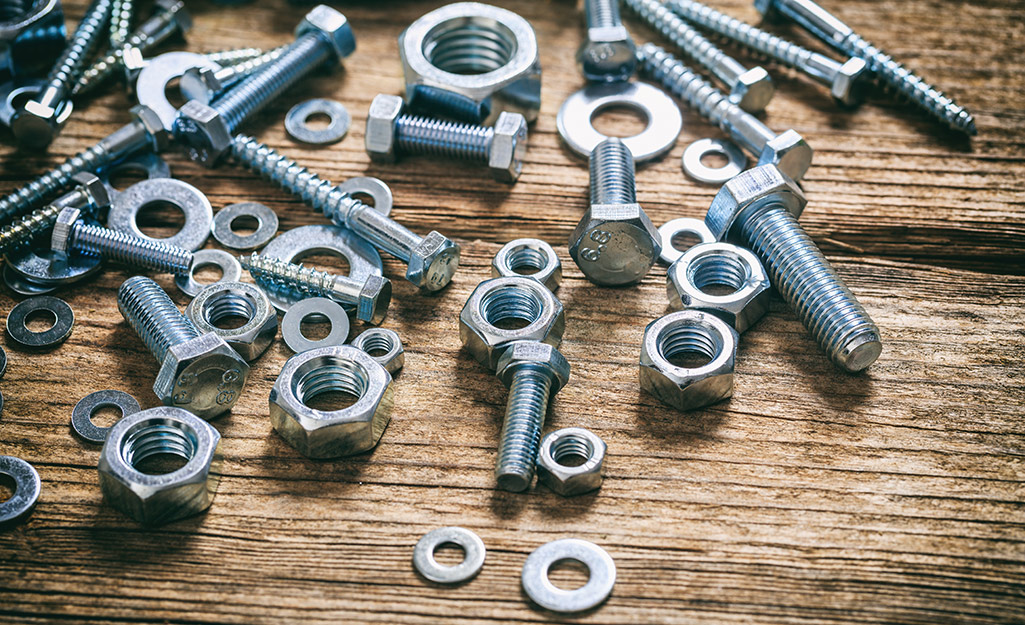Types of Sheet Metal Fasteners
sheet metal fasteners is one of the most common materials used in construction and engineering. In order to assemble or fasten components to it, you will need to use the right types of fasteners.
There are many different fastening methods available, including loose hardware application, welding and self-clinching. It’s important to know which method is best suited for your project.
Threaded metal fasteners
Threaded fasteners are the most common type of fasteners used in construction and other industries. These fasteners typically create a permanent bond between two or more components, but they can also be used to form releasable or sliding bonds.
Sheet metal screws differ from conventional fasteners in that the exterior threading covers their entire shank. Conventional screws only have partial threading coverage, beginning part way up their shank.
Sheet metal screws are designed to fasten thin sheets of metal, and they are available in a variety of head styles. These include flat, hex, hex washer, oval, pan and truss. They can also be used to attach other materials, such as plastic, aluminum, plywood and hard rubber.
Welding
Welding is a technique that establishes strong, durable, and permanent joint links between two workpieces. It can be done with heat or pressure, depending on the material being welded.
Welders typically use shielding gas with a high percentage of argon to dissipate heat more effectively. This is particularly important if the base metal is aluminum, since a good amount of heat is lost to radiation.
Sheet metal is becoming thinner, and the fasteners used must be stronger than ever. Self-clinching fasteners can be a great solution for this, and help reduce energy consumption. They also have less environmental impact than welding.
Self-clinching
Whether you need to close a panel, mount a chassis, bracket or other hardware component in a panel or chassis, a self-clinching fastener is the best choice. The clinch connection locks the hardware permanently into the sheet metal, so you can avoid dealing with loose nuts or screws.
Regardless of type, all self-clinching fasteners are installed by pressing or squeezing them into a properly sized drilled or punched hole. This pressing or squeezing causes displaced host material to cold flow into a specially designed annular recess in the shank or pilot of the fastener, locking the fastener in place. Often, a serrated clinching ring, knurl, ribs or hex head prevents the fastener from rotating in the host material after it has been inserted (see Figure 1).
Oval
The Oval sheet metal fastener has a lot going for it. The most obvious reason is that it can be used in a variety of applications and with different materials. This hexie has some pretty slick features, including an acoustic insulation notch for added sound dampening and a tamper proof threading. It also has a built-in countersunk hole for easy installation and a hex shank to boot.
It’s a good idea to consider the material you’re working with before you start making your purchase decisions. This will ensure you get the best possible product and a happy end result. Lastly, you’ll save money in the long run.
Pan
A pan is a metal clad panel that is usually used as a base for other building materials, such as wood or plastic. It can be difficult to find a screw that will grip it without damaging the material. Luckily, there are some types of screws specifically designed for the task. These include the standard phillips and the self-tapping varieties. The former boasts the most benefits, including a slick, no-drill installation. The latter is a bit trickier, but well worth the effort. Whether you are trying to build your own home or spruce up your office, the right tools can save you time and money down the road.
Truss
Trusses are a common type of structure that is used in both engineering and architecture. They are designed to distribute weight evenly and minimize bending and breakage.
Truss members are straight, and they connect at joints that are referred to as nodes. The ends of the members are connected in pairs, and each pair is supported by the other.
There are many different kinds of trusses, but the most popular is the Warren truss. This design is based on the idea that diagonal members are in compression and vertical members are in tension.

